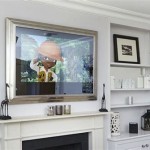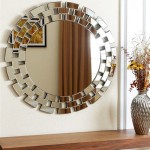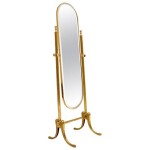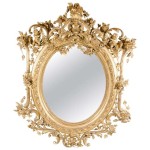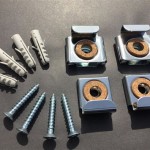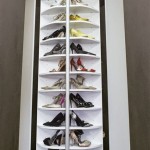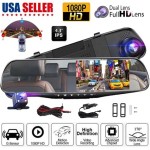Can You Mirror iPhone to Laptop?
Mirroring an iPhone screen to a laptop offers a convenient way to share content, conduct presentations, or enjoy mobile apps on a larger display. Several methods enable this functionality, each with its own advantages and limitations. Choosing the optimal method depends on the user's specific needs and available software and hardware.
One popular method utilizes AirPlay, Apple's proprietary wireless streaming technology. AirPlay allows for seamless mirroring to compatible devices, including Apple TVs and Macs running macOS Monterey or later. To mirror an iPhone to a Mac, users must ensure both devices are connected to the same Wi-Fi network. Then, access Control Center on the iPhone, tap "Screen Mirroring," and select the Mac from the list of available devices. The iPhone's screen content will then be displayed on the Mac's display.
For Windows users, several third-party applications facilitate iPhone screen mirroring. These applications typically require installation on both the iPhone and the Windows laptop and often establish the connection over a local Wi-Fi network. Some popular options include LonelyScreen, Reflector, and 5KPlayer. While the specific setup steps may vary between applications, the general process involves downloading and installing the software on both devices, launching the application on both, and then selecting the laptop as the mirroring target on the iPhone.
Another option for mirroring an iPhone to a laptop involves using a USB cable and specific software. This method often provides a more stable and lower-latency connection compared to wireless methods, making it suitable for activities requiring precise timing, such as mobile gaming or interactive presentations. Several software options exist for this purpose, often requiring a Lightning to USB cable to establish the physical connection.
QuickTime Player, a pre-installed application on Macs, can also mirror an iPhone screen. This method requires a USB connection between the iPhone and the Mac. After connecting the devices, open QuickTime Player, select "New Movie Recording," and choose the connected iPhone as the camera and microphone input. The iPhone's display will then be mirrored within the QuickTime Player window.
The choice between wired and wireless mirroring depends largely on the specific use case. Wireless mirroring offers greater flexibility and mobility, eliminating the need for a physical cable connection. However, wireless connections can be susceptible to interference and may experience higher latency, potentially affecting the quality of the mirrored content. Wired connections, while less convenient, generally offer a more stable and responsive mirroring experience.
When choosing a third-party mirroring application, several factors merit consideration. Some applications offer additional features, such as recording the mirrored screen or adjusting the mirroring quality. Compatibility with different iPhone models and operating system versions is also crucial. Reading user reviews and comparing features can help in selecting the most appropriate application for individual needs.
Troubleshooting mirroring issues often involves verifying the network connection, ensuring both devices are running the latest software versions, and restarting both devices. For wired connections, checking the integrity of the USB cable and ensuring proper driver installation can resolve connectivity problems. Consulting the documentation for the specific mirroring software or hardware can provide further troubleshooting guidance.
Beyond simple screen mirroring, some applications offer extended functionality, such as remote control of the iPhone from the laptop. This feature allows users to control the iPhone's interface using the laptop's keyboard and mouse, enhancing productivity for specific tasks. This capability can be particularly useful for demonstrating mobile applications or troubleshooting issues remotely.
Mirroring offers benefits across various contexts. Educators can utilize screen mirroring to share educational content with students, enhancing classroom engagement. Business professionals can leverage mirroring during presentations to display mobile applications or data on a larger screen. Gamers can enjoy mobile games on a larger display with improved visibility. The choice of mirroring method and software depends on the specific requirements of each use case.
Considering the diverse range of mirroring methods available, users can select the most suitable option based on their technical proficiency, available hardware, and intended applications. Understanding the nuances of each method allows for an optimized mirroring experience, facilitating effective content sharing and enhanced productivity.

How To Mirror Iphone Windows Pc Laptop Mac Full Guide

Tested How To Mirror Iphone Screen Pc Letsview

How To Screen Mirroring Iphone 6 Pc

How To Mirror Iphone Ipad Laptop

How Can You Mirror Iphone To Windows 10 Free With 5kplayer

How To Mirror Your Iphone Screen On A Computer Pcmag

Best Ways To Mirror Iphone Pc Via Usb Without Wifi

How To Mirror Iphone Windows Pc Laptop Mac Full Guide

How To Mirror Iphone Windows 10

2024 Updated How To Mirror Iphone Mac With 5 Methods

